NASA Climate Change channel published a worrying animation titled “Climate Spiral” that visualizes global warming since 1880 in just 70 seconds.

I am a software developer and a science enthusiast. I was graduated from the Istanbul Technical University (ITU), Computer Engineering. In the past, I worked at the Istanbul Technical University Science Center as a science instructor. I write about the planet Earth and science on this website, ourplnt.com. I am also an animal lover! I take care of stray cats & dogs. This website's all income goes directly to our furry friends. Please consider supporting me on Patreon, so I can help more animals!

NASA Climate Change channel published a worrying animation titled “Climate Spiral” that visualizes global warming since 1880 in just 70 seconds.
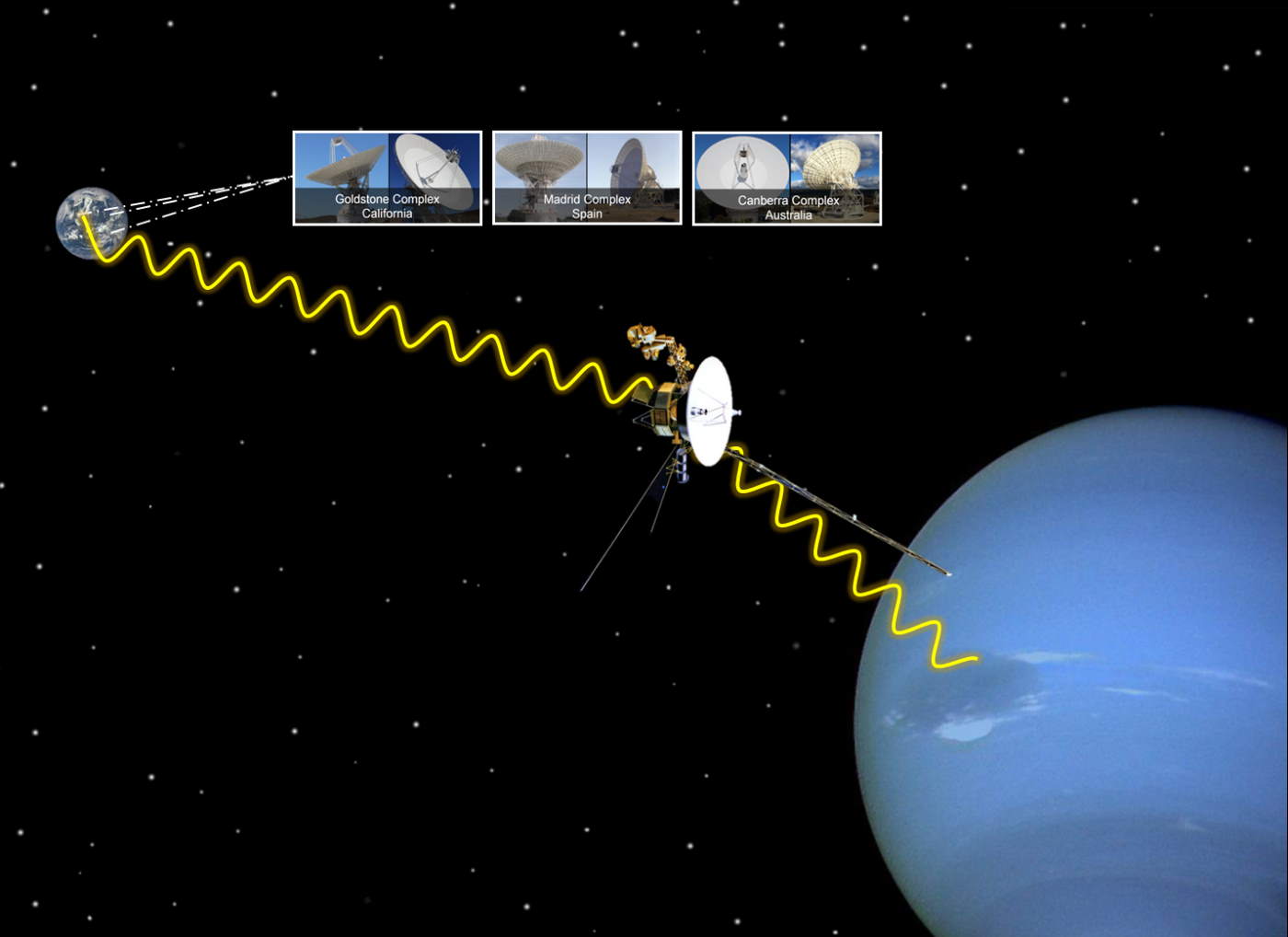
On August 25, 1989, Voyager 2 performed a close Neptune flyby, giving humanity its first close-up of the eighth (and the outermost) planet of our solar system. Neptune was the spacecraft’s final planetary target.
That first Neptune flyby was also the last: No other spacecraft has visited Neptune since.
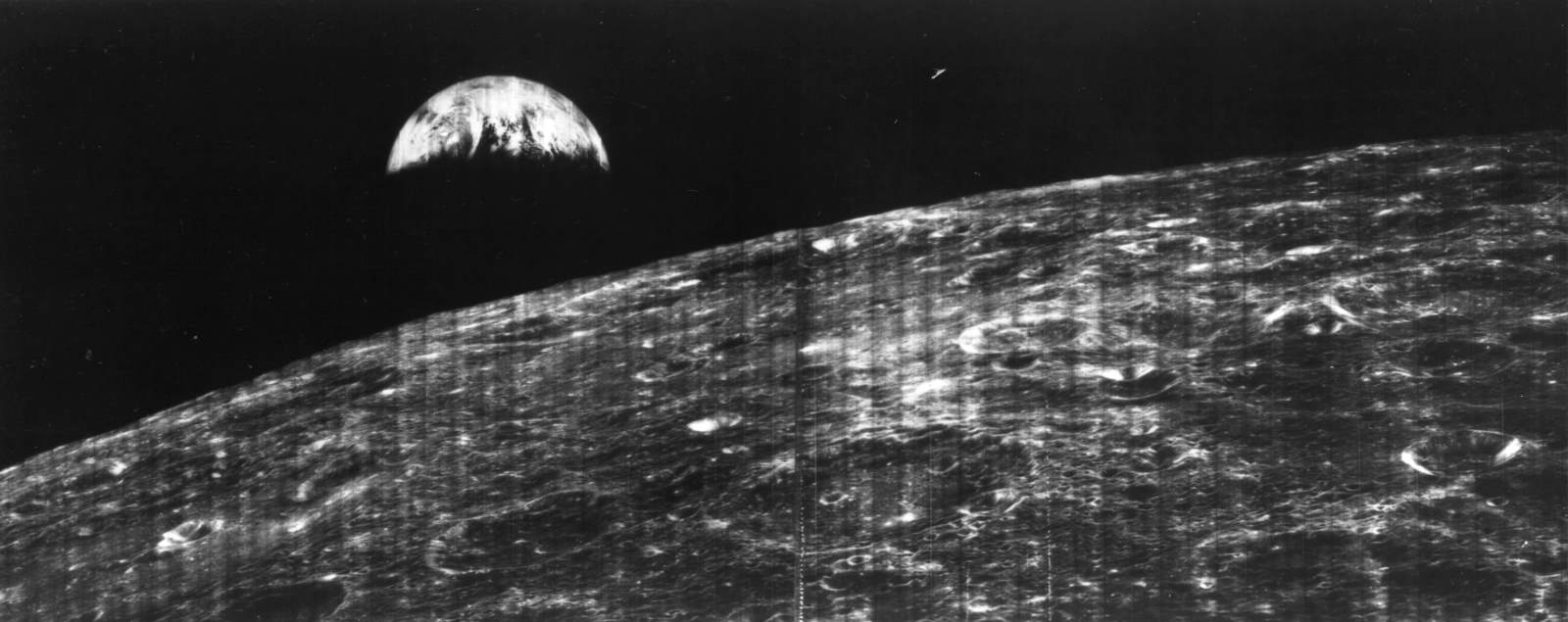
On August 23, 1966, NASA’s Lunar Orbiter 1 robotic spacecraft took the first photograph of Earth from the Moon’s orbit.
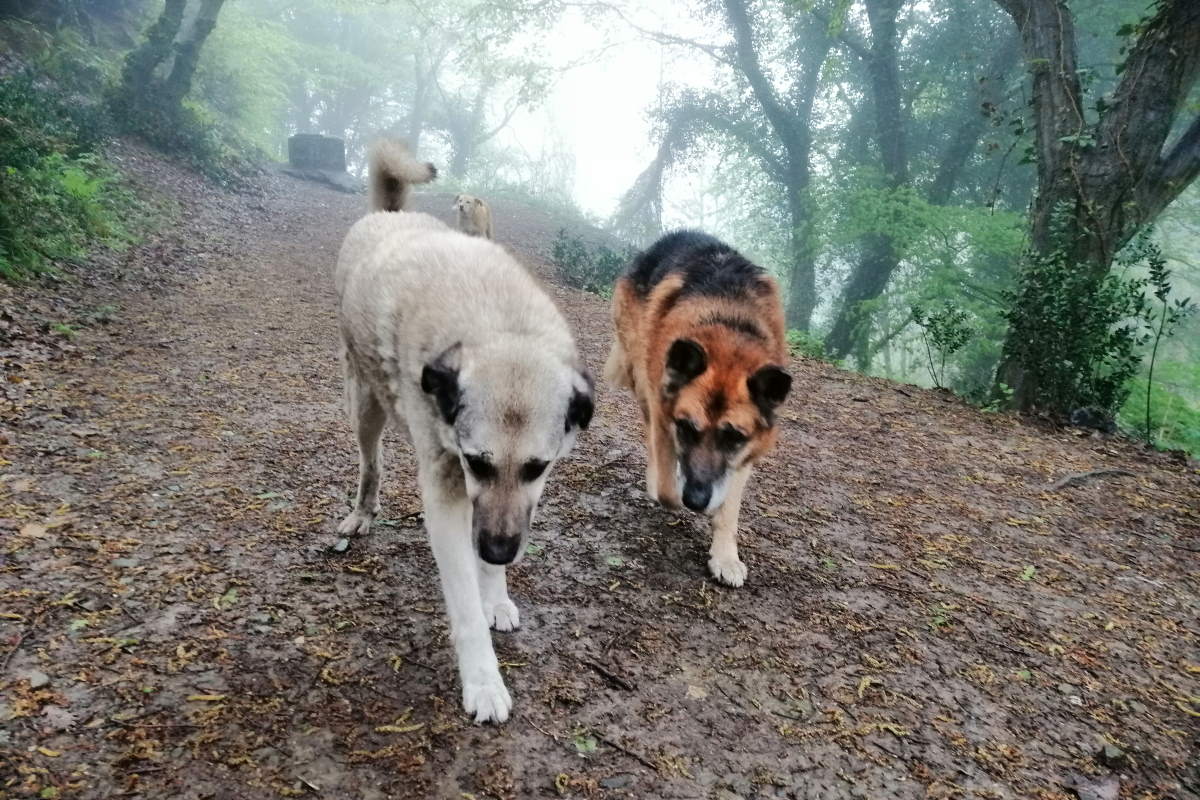
Everyone knows at least a little about dogs, or they at least know they love them. But there’s probably a lot you don’t know about man’s best friend, including where that phrase comes from!
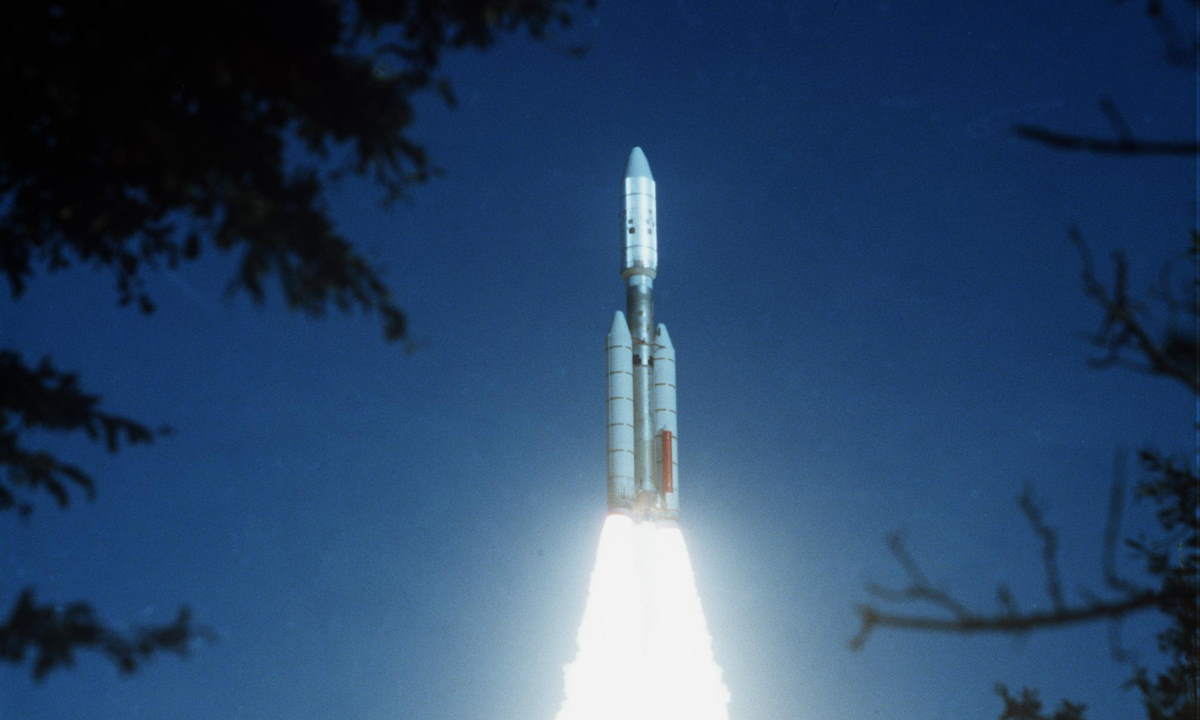
On August 20, 1977, Voyager 2 was launched from Cape Canaveral on top of a Titan IIIE-Centaur rocket. It launched before Voyager 1, which was sent into space on September 5, 1977.

On August 20, 1960, the first animals and plants returned alive from an orbital spaceflight. Launched on August 19, the Soviet Union’s Korabl-Sputnik 2 (also known as the Sputnik 5) was the first spaceflight to send animals and plants into orbit and return them safely back to Earth. it paved the way for the first human orbital spaceflight, Yuri Gagarin’s Vostok 1, which was launched on April 12, 1961.
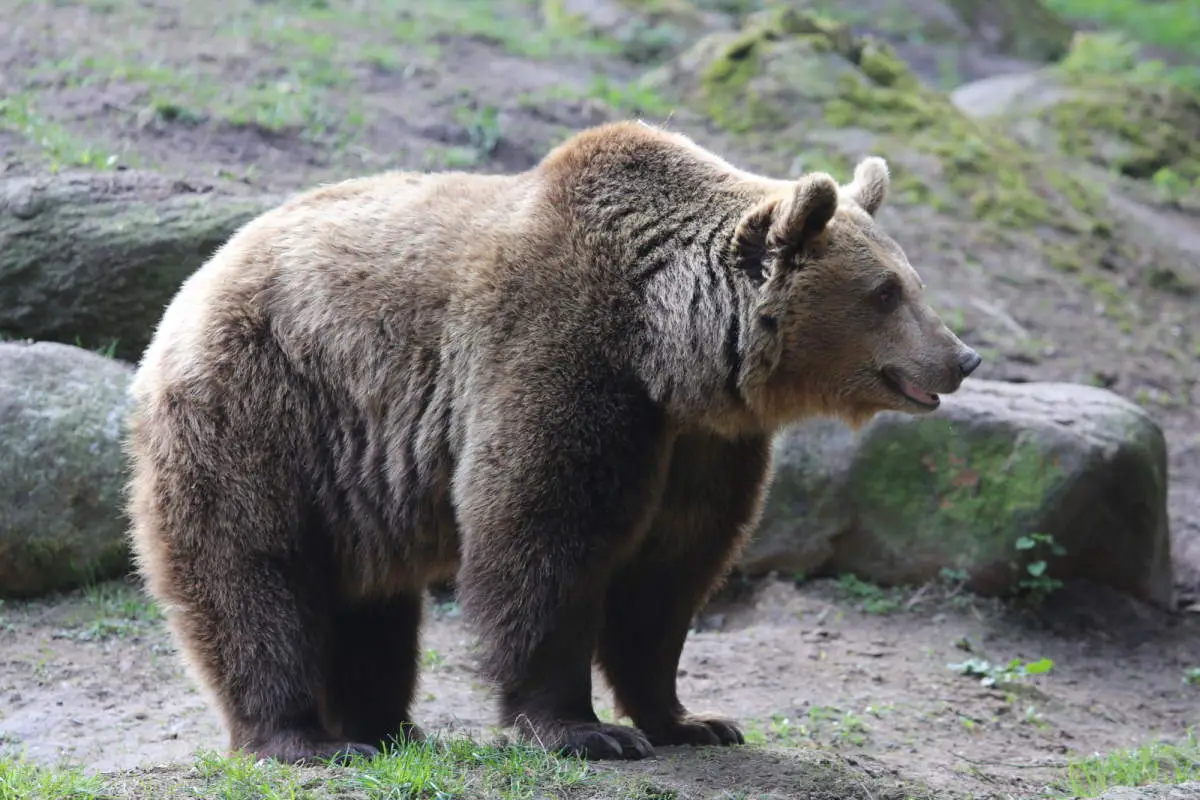
Kodiak bear (Ursus arctos middendorffi) is a subspecies of brown bear (Ursus arctos). They inhabit the islands of the Kodiak Archipelago in southwest Alaska. They look like grizzly bears, however, they are significantly larger. Here are 15 amazing Kodiak bear facts.

In 2019, red supergiant star Betelgeuse suddenly dimmed. In fact, the star has a 5.9-year light-cycle minimum period. But, this time, it dramatically to an all-time low.
Betelgeuse is one of the brightest stars in the Earth’s sky and easily can be found on the right shoulder of the constellation Orion. So the dimming, which began in late 2019 and lasted for a few months, was easily noticeable even by backyard observers watching the star change brightness.
This weird, unexpected dimming weird sparked rumors that its death is imminent and it was going to be a supernova.
In fact, Betelguese is really nearing the end of its life. Because of its enormous size, it burns its fuel very rapidly. Red supergiant stars don’t last long, typically only a few hundred thousand years, maybe up to a million. This is actually very short for astronomical timescales. But very long for the human lifespan.
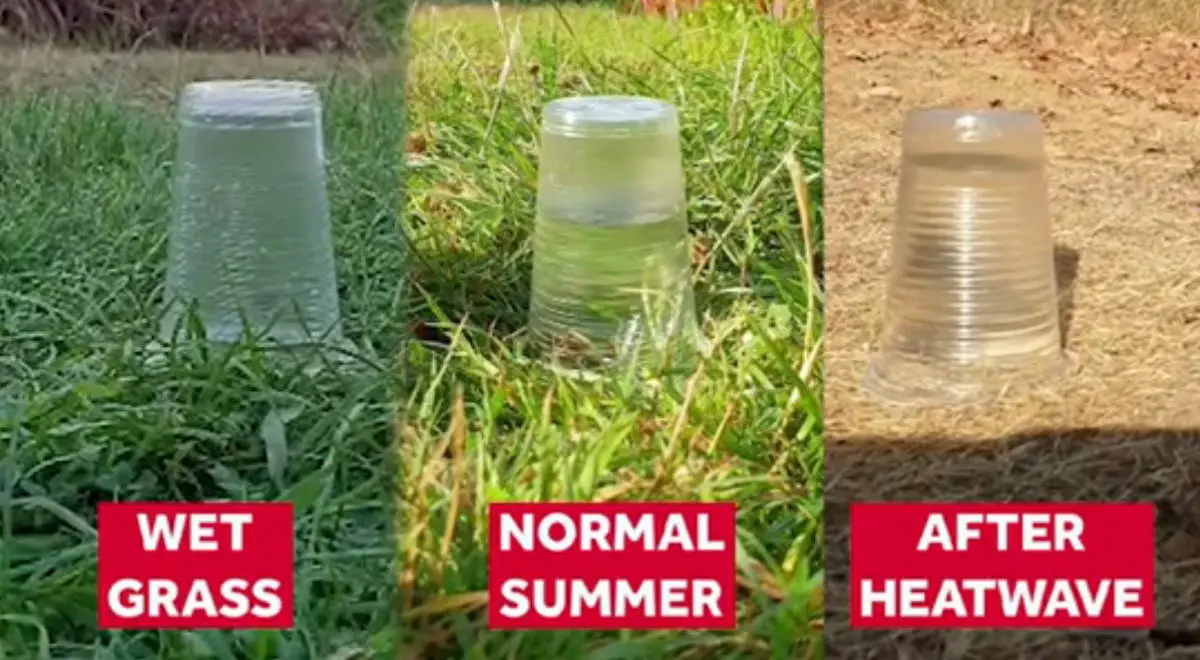
Dr. Rob Thompson, a meteorologist from the University of Reading shows just how long it takes water to soak into the parched ground, illustrating why heavy rainfall after a drought can be dangerous and might lead to flash floods.
The video is filmed in the Harris Garden of the University of Reading.
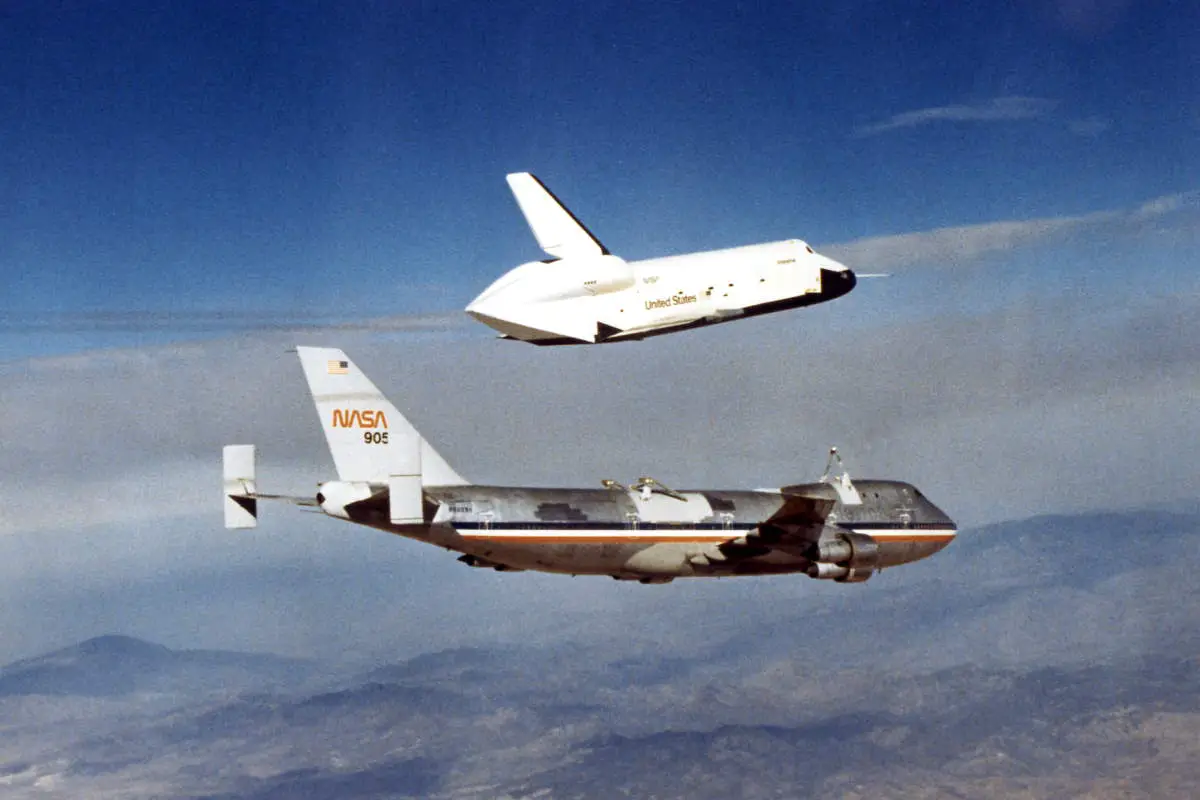
On August 12, 1977, NASA’s Space Shuttle Enterprise successfully made its first free flight test, as part of NASA’s Orbiter Approach and Landing Tests (ALT). The ALT program allowed shuttle pilots to explore the orbiter’s low-speed flight and landing characteristics.